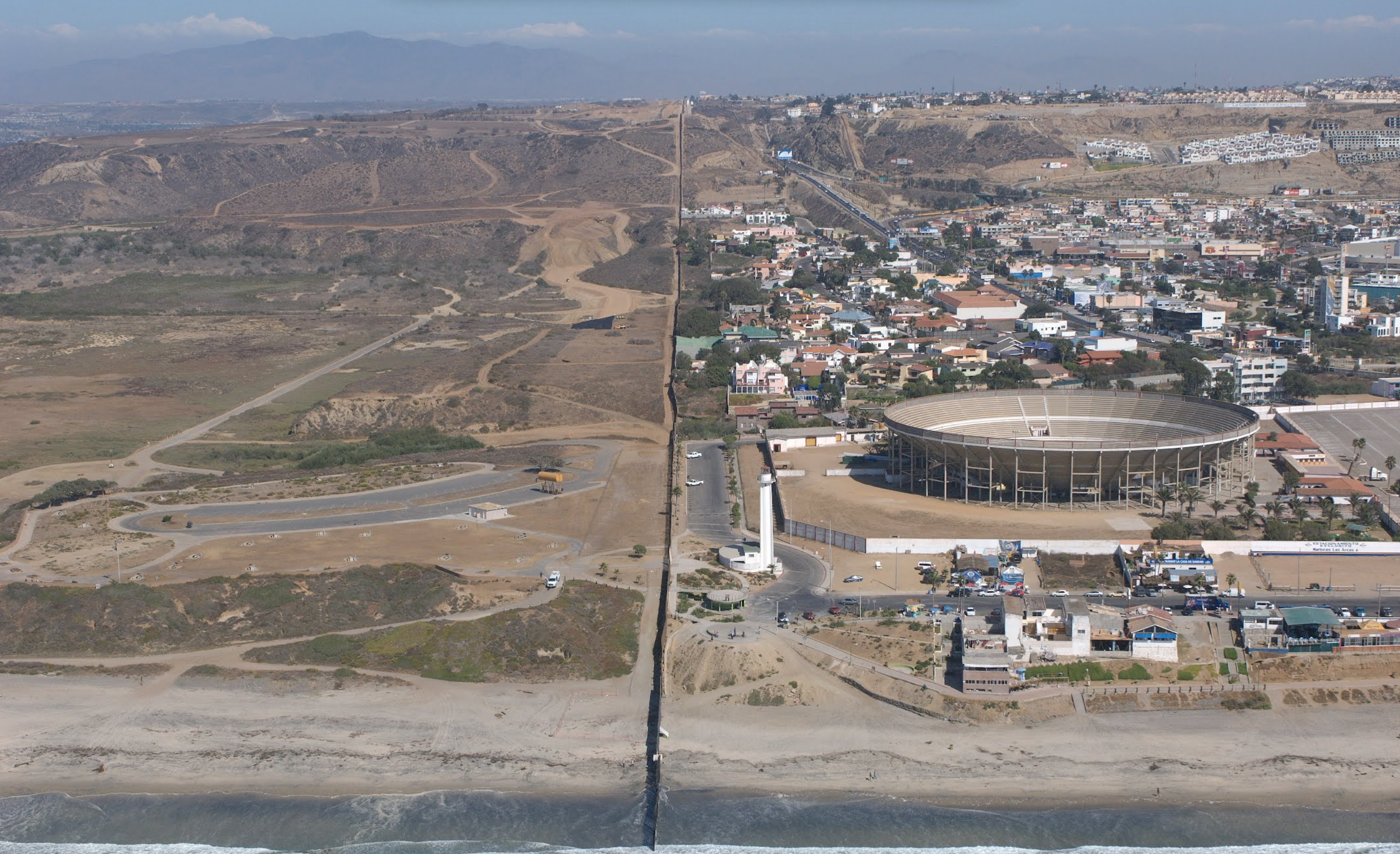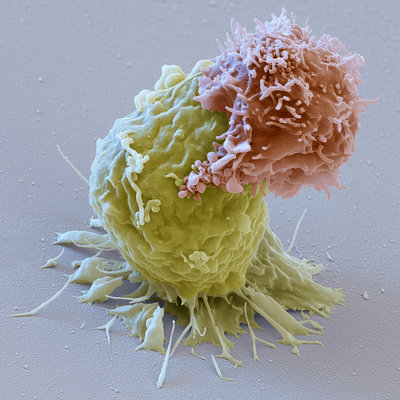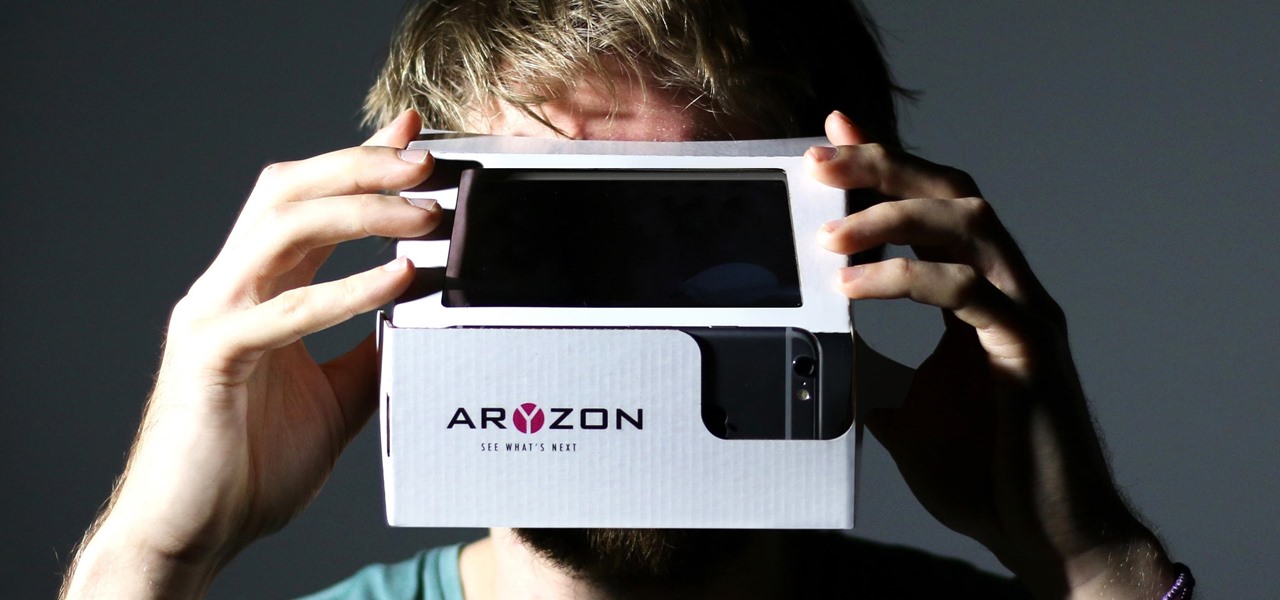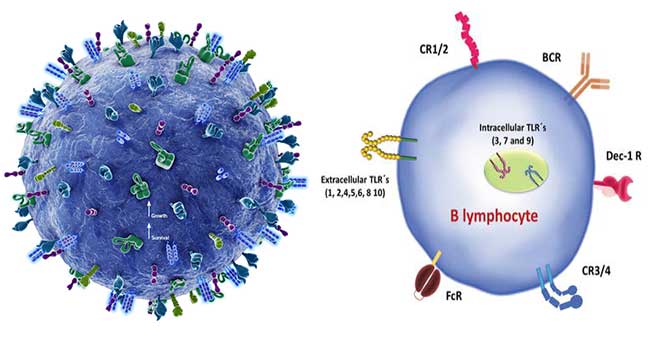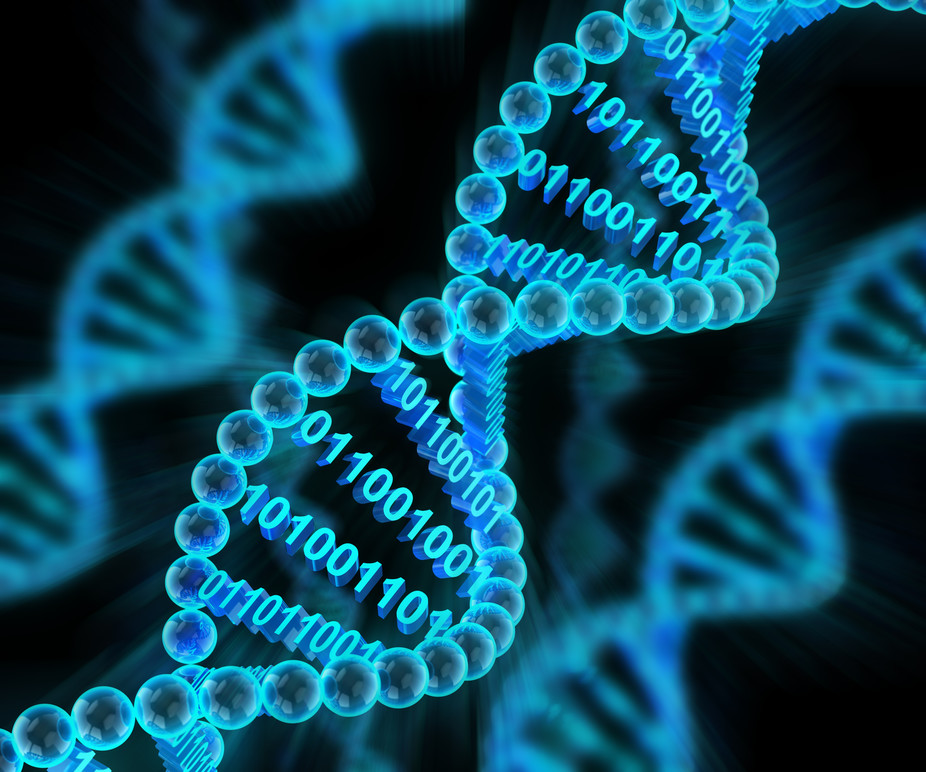B-cells develop in the bone marrow. The development of the B-cell in the bone marrow is where the B-cell develops it’s immunoglobulin gene that it expresses on the surface. B-cell development begins there with heavy chain gene formation with the genes heavy V and heavy DJ. Say it hasn’t rearranged the light chain yet. A heavy chain alone can’t do anything. In order for a heavy chain to be expressed; a light chain needs to be expressed as well. So, surrogate light chains are similar enough to actual light chains to allow the heavy chains to be expressed on the surface. Then, the light chain later gets expressed.
A pro-B-Cell is a B-Cell that’s expressing no functional protein on the surface. To become a mature B-cell, the IgD immunoglobulin is needed. A B-cell that has a heavy chain expressed on it’s surface and possesses just a surrogate light chain is a pre-B-cell. A B-cell that expresses heavy and light chains on the surface, but no IgD is an immature B-cell; and once the B-cell expresses IgD it’s a mature B-cell.
In terms of eliminating self-reacting B-cells; there’s an important distinction between immature and mature B-cells. If you bind to the B-cell, it only gets turned on in the expression of IgD; and now it can respond to antigen. B-cells recognize a high range of antigens with a high degree of specificity. There is virtually no self-reactivity by the B-cells.








